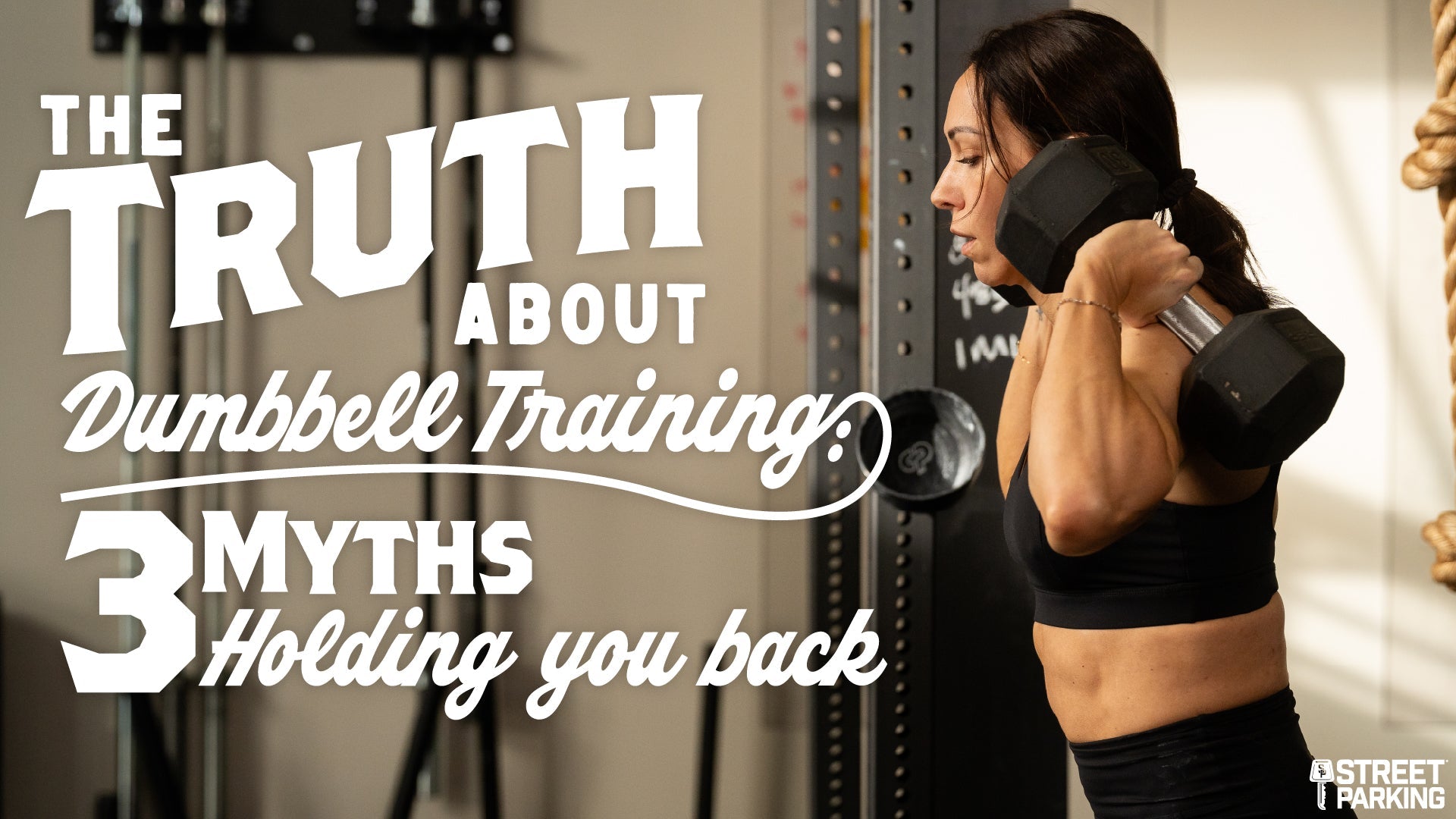
Have you ever had days where you started a workout feeling anxious but after it was done you felt calm? Have you ever felt on edge, unable to focus, and then after you worked out you were able to complete tasks with a clear mind, in an efficient manner?
WHY DO PEOPLE NATURALLY LIKE MOVEMENT?
We, as human beings, like movement. We also know that when we move, we feel better.
We understand the concept of liking movement but have we ever dove into asking the question why? What’s the science behind it all? What’s actually happening to us that’s causing us to go from anxious to calm or from on edge to focused, simply because we moved?
By nature we are a sensory based people. This means that when we use all of our senses and interpret the world appropriately through our senses, we will feel calmer, more centered, and connected to the world. However, in order to accomplish this “leveled” approach to the world, we have to be able to access our whole brain.
WHY DO WE NEED TO ACCESS OUR WHOLE BRAIN?

What does accessing our whole brain consist of and why is it important? The human brain has two hemispheres (left and right). The left hemisphere is primarily where we get most of our logic from and the right hemisphere is primarily where we get our emotions from. When physical movement is involved we are able to cross hemispheres and utilize our whole brain. Accessing our whole brain is what helps us accomplish this calm and centered connection to the world. It’s what helps us go from agitated to calm and from foggy to focused.
IF WE ALLOW IT TO, OUR BRAIN WILL EFFECTIVELY COMMUNICATE WITH ITSELF

- Brain Stem and Amygdala: This is the lowest level of the brain where our base level responses to the world are taking place without us knowing it
- Diencephalon: This level is where we get our movement from
- Limbic System: This level is where we primarily get our emotions and attachments from
- Neocortex: This level is the last to develop and is where we get logic and reason from
When the amygdala is alerted – much like a nuclear reactor -- we can end up feeling on edge, overwhelmed, emotional, etc. Oftentimes when this happens we attempt to access the higher brain functions, and resort to being “logical” by telling ourselves to calm down or claim that we’re OK. This usually doesn’t work very well and the best thing we can do in that agitated, overwhelmed state is MOVE.
Why?
Because the next level of the brain that’s closest to the Amygdala (the part of our brain that is agitated, overwhelmed) is the Diencephalon (the movement portion of the brain) and these two levels of the brain communicate very effectively with one another. If we try to forgo that communication between the Amygdala and Diencephalon by skipping from the Amygdala to one of the other brain levels -- let’s say the Neocortex (the logic portion of our brain), that’s farther away from the Amygdala and it doesn’t work as effectively because those levels of the brain don’t communicate the same way.
RESORT TO MOVEMENT
Summed up, all this really means is when we are upset, overwhelmed, angry, irritable, foggy, anxious, or anything similar, we should train ourselves to immediately resort to movement.Take our dog on a walk.
Go on a hike.
Put ourselves through a 20 minute workout.
Do some yoga.
Move. Do more than nothing. Our brains need it.
The writing of this blog was in collaboration with Rachel Young, a Licensed Clinical Social Worker in Ohio. She is utilizing training information from various sources.


